The vast grasslands of Mongolia stretch endlessly under the eternal blue sky, where the ancient tradition of bökh, or Mongolian wrestling, has been passed down through generations. More than just a sport, bökh embodies the nomadic spirit, cultural identity, and warrior ethos of the Mongolian people. Its origins are shrouded in legend, with some tracing it back to the military training of Genghis Khan’s warriors, while others believe it evolved from shamanistic rituals. Unlike Western wrestling, bökh is a test of strength, agility, and endurance, but also of respect, honor, and deep-rooted tradition.
At first glance, a bökh match appears deceptively simple—two wrestlers clad in distinctive costumes lock arms and attempt to throw each other off balance. Yet beneath this simplicity lies a complex interplay of technique, strategy, and cultural symbolism. The wrestlers, or bökhchins, wear a unique outfit consisting of a zodog (a tight, sleeveless jacket), shuudag (short trunks), and gutal (leather boots). The open-fronted zodog is said to represent the wings of an eagle, while the boots, often adorned with intricate designs, symbolize the wrestler’s connection to the earth. Before each match, the wrestlers perform the “devekh”, a ritual eagle dance that pays homage to the sky, the land, and the spirits of past champions.
The rules of bökh are straightforward but unforgiving. There are no weight classes, no time limits, and the only way to win is to force any part of your opponent’s body above the knee to touch the ground. Matches can last seconds or stretch into hours, with endurance often proving as crucial as raw strength. Unlike in many combat sports, there is no division into rounds, and the wrestlers must rely on their instincts and stamina. The absence of weight divisions means a smaller wrestler may face a much larger opponent, a testament to the belief that skill and heart can overcome sheer size.
Bökh is deeply intertwined with Mongolia’s most celebrated festival, Naadam, which also features horse racing and archery. Known as the “Three Manly Games,” these events date back centuries and were once used to train soldiers for battle. During Naadam, thousands gather to witness the spectacle of hundreds of wrestlers competing in an open field, dust swirling as they grapple under the sun. The winner of the tournament is awarded the title of “Arslan” (lion), while the ultimate champion earns the revered designation of “Titan”. These titles carry immense prestige, and the champions are celebrated as national heroes.
What sets bökh apart from other wrestling traditions is its emphasis on sportsmanship and respect. There are no taunts, no displays of arrogance—only mutual admiration between competitors. After a match, the victor helps the defeated wrestler to his feet, and together they perform a gesture of respect by walking under each other’s outstretched arms. This act, known as “zolgokh”, symbolizes the restoration of balance and harmony. Even outside the ring, bökhchins are expected to uphold the virtues of humility and integrity, as the sport is seen as a reflection of one’s character.
In recent years, bökh has gained international attention, with exhibitions and tournaments held in countries far beyond Mongolia’s borders. Yet, despite its growing global appeal, the essence of bökh remains deeply rooted in Mongolian culture. It is not merely a sport but a living tradition that connects the past to the present, the people to their land, and the individual to the community. For the Mongols, bökh is more than a contest of strength—it is a celebration of identity, resilience, and the unbreakable spirit of the steppe.

By James Moore/May 8, 2025
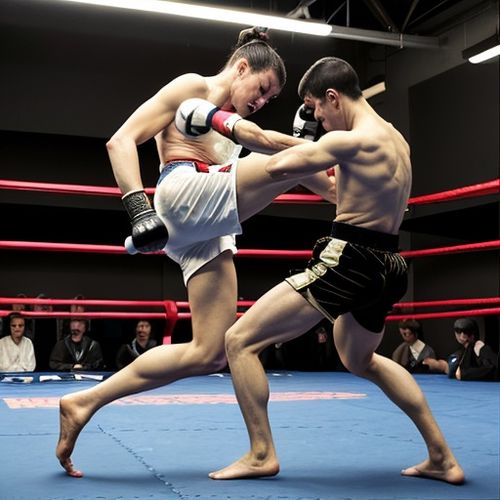
By Elizabeth Taylor/May 8, 2025
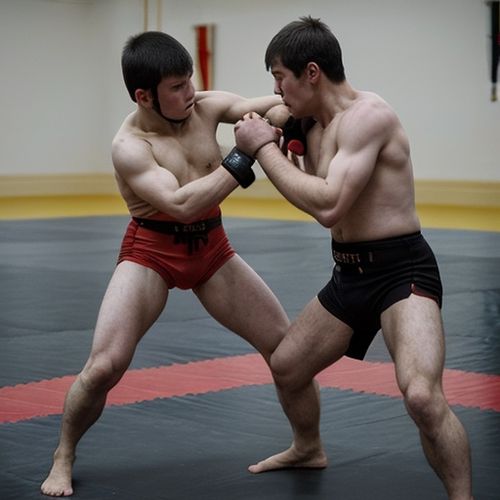
By Emily Johnson/May 8, 2025
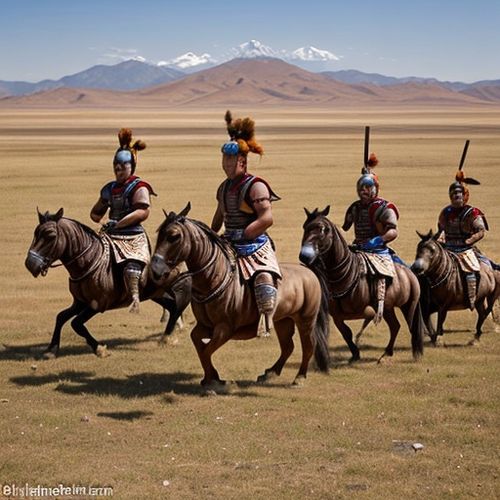
By James Moore/May 8, 2025
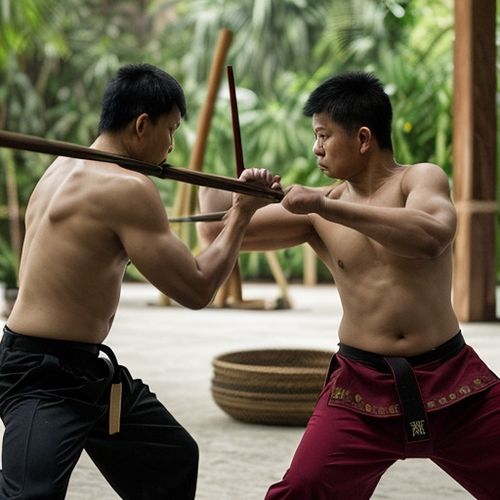
By Joshua Howard/May 8, 2025
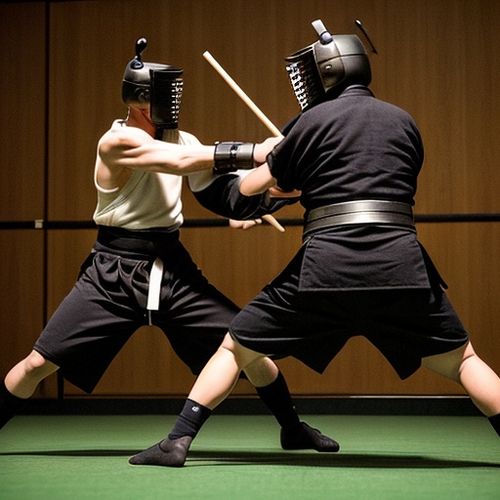
By Noah Bell/May 8, 2025
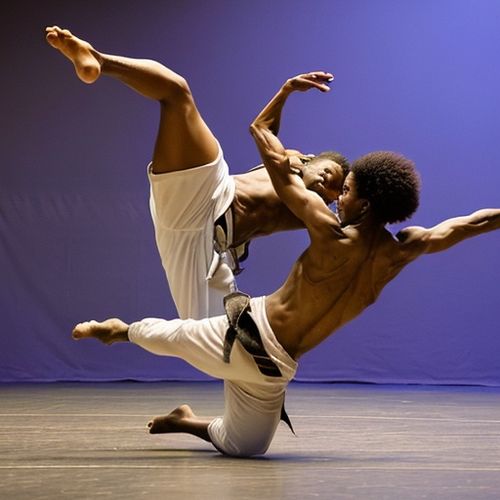
By Samuel Cooper/May 8, 2025
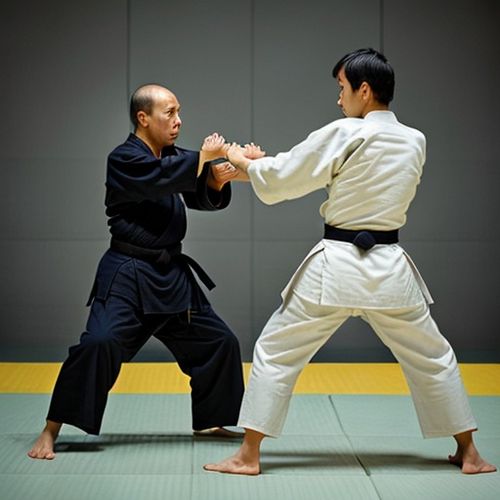
By Sophia Lewis/May 8, 2025
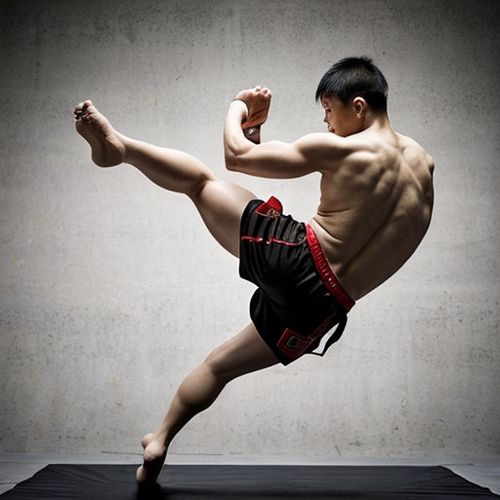
By Sophia Lewis/May 8, 2025
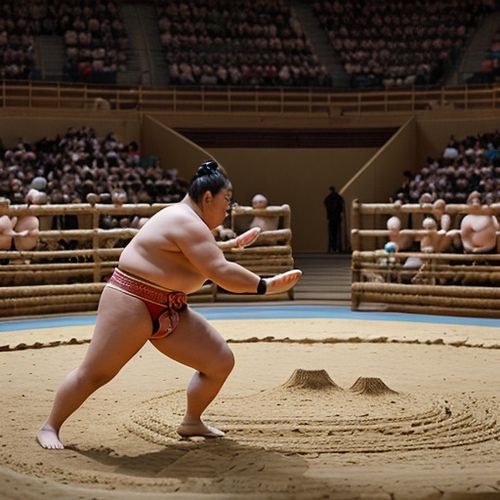
By Noah Bell/May 8, 2025

By Sophia Lewis/May 8, 2025
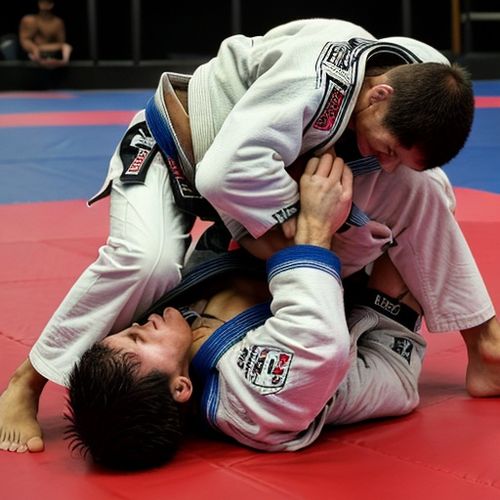
By Christopher Harris/May 8, 2025
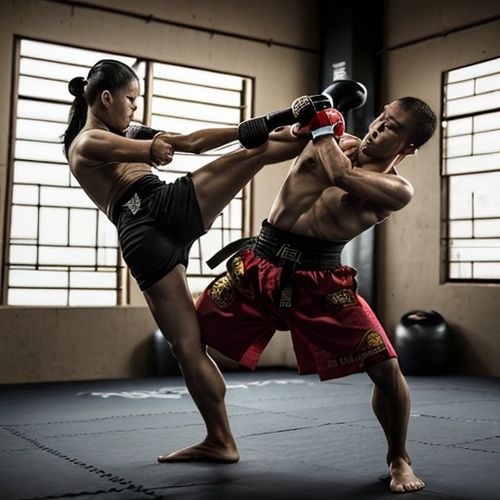
By Victoria Gonzalez/May 8, 2025
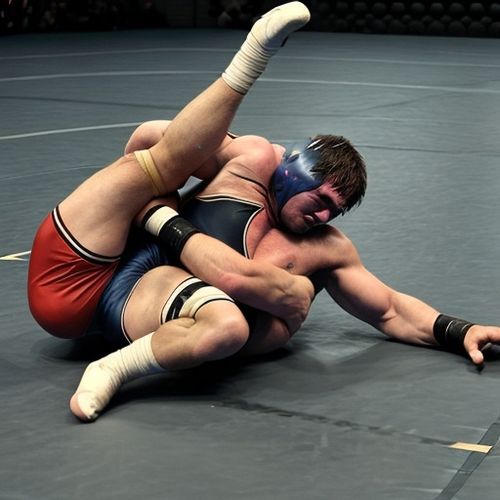
By Sarah Davis/May 8, 2025

By Joshua Howard/May 8, 2025
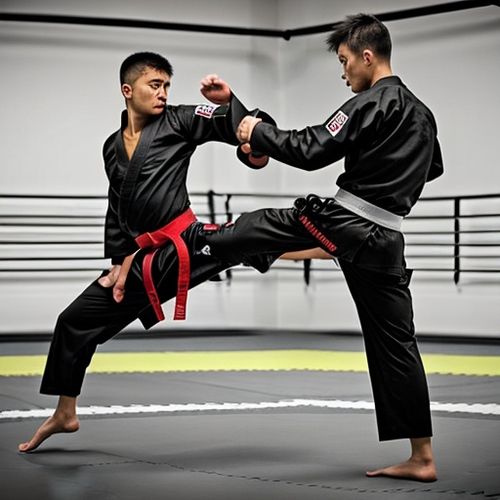
By Sarah Davis/May 8, 2025
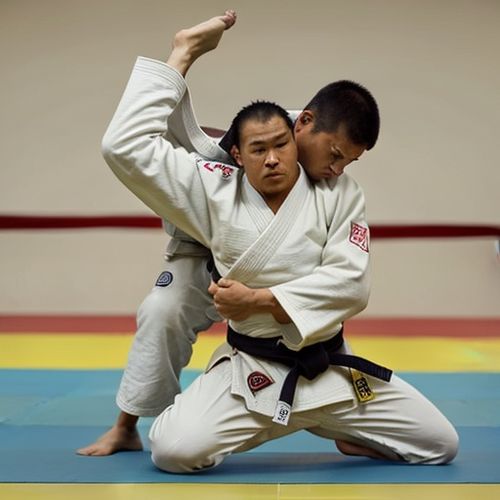
By Amanda Phillips/May 8, 2025
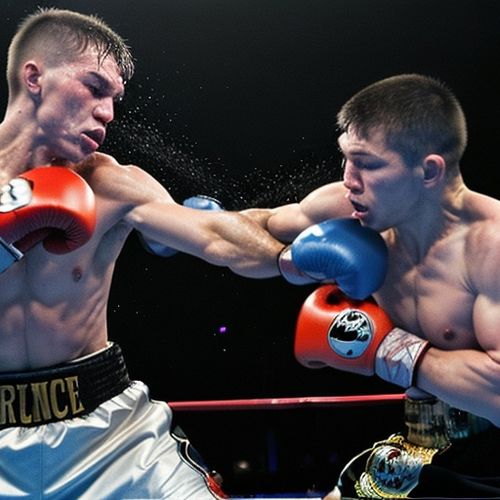
By Thomas Roberts/May 8, 2025

By Victoria Gonzalez/May 8, 2025

By Noah Bell/May 8, 2025